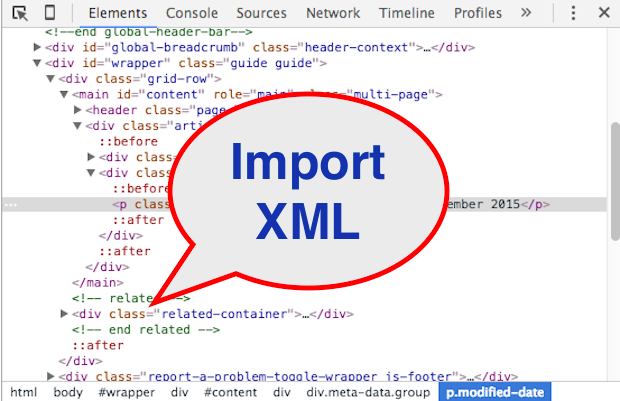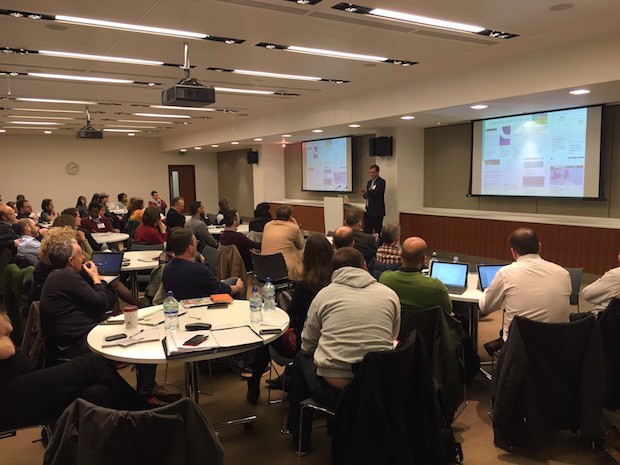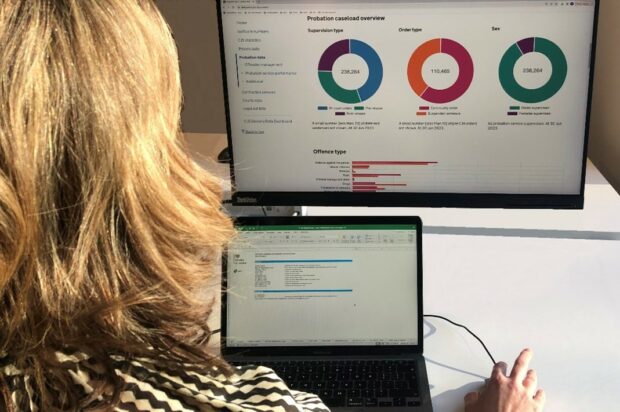Marriage Allowance - Alpha Assessment
...planning on inviting users who registered their interest online to access the private beta, but weren’t planning to include users with the lowest levels of digital skills and access. They...
...planning on inviting users who registered their interest online to access the private beta, but weren’t planning to include users with the lowest levels of digital skills and access. They...

...information in a sortable format: Now we are able to sort the pages by most recent update. Application I can use the last updated information in other relevant Google Sheets...

...to share insights and approaches on topics ranging from tag management to analysing channel shift. DAUGS is always a great opportunity to showcase new techniques adopted by digital analysts in...

...free tools that I use to convert postcode data into useful maps. My example shows sample data of football stadiums in Great Britain. Mapping Sheets This Google Sheets add-on allows...

...diverse range of applications. In my previous role at the Government Digital Service (GDS), I formalised the process of continuous learning and innovation by encouraging people to spend up to...

...to run and maintain the infrastructure, but any cost associated with a potential delay in publishing, even if it’s not immediately financial. We will need to decide on an organisational...

...like to find out more about what you’d find useful to see in future guidance, as well as your experiences and pain points in managing your own reference data estates,...

...analysts have access to. Test our new approach to publishing statistics in a more efficient way and which better meets user needs, and putting it into production on two publications....
...to use the digital service independently, including the potential for face to face support at several locations across the UK. They achieved a good reduction in cost per transaction when...
...users. The team explained a wide range of techniques they had used to research and understand the user needs for the service, and had used multiple techniques including card sorting,...